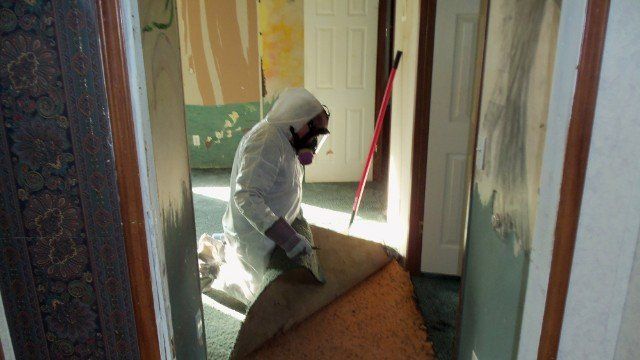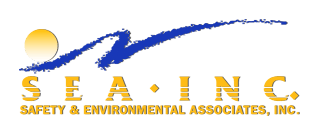METH LAB CONTAMINATION REMOVAL

Meth Lab Contamination Removal for the Property Owner/Manager
There is a rapidly growing number of methamphetamine (meth) labs in our area. Meth labs manufacture the illegal drug methamphetamine and are discovered in houses, apartments, motel rooms, sheds, and even motor vehicles. Common household chemicals used in uncommon ways produce extremely hazardous environments and dangerous situations if not handled properly. While a house or its surroundings may be familiar and appear harmless, any area used to manufacture presents a hazard to the health and safety of occupants. Read more about owning a meth lab by downloading our white paper: So You Own a Meth Lab – Now What.
You should also be aware that releasing an improperly cleaned site back to the public or a tenant may subject you to legal complications. The risk of legal problems is increased if small children are involved.
Law enforcement does not provide for decontamination or secondary clean up of the property. Most state agencies agree that the safest way to decontaminate and clean up a former meth lab is to hire an environmental company trained in hazardous materials removal.
Click here for a list of contaminated properties in Arkansas.
The Arkansas Department of Environmental Quality’s current limit for methamphetamine is 0.5 ug/ft³ of surface.

f you think PFAS regulation is someone else’s problem, think again. The regulatory environment around per- and polyfluoroalkyl substances is shifting rapidly, and safety, environmental, and operations teams are squarely in the crosshairs. Rather than scrambling when the deadlines arrive, your best strategy is to act early.

Halloween might be the season for ghost stories and haunted houses, but for safety and environmental professionals, the real nightmares happen at work. From unseen hazards to data disasters, these frights are all too real. At SEA, we help EHS managers conquer their fears — and their risks — with smart, proactive solutions that turn horror stories into success stories.

Every year, OSHA releases its list of the most frequently cited workplace safety standards. While the names change little from year to year, the numbers tell a story: employers continue to struggle with the same hazards—falls, hazardous chemicals, and machine safety. Understanding these violations is the first step in preventing costly citations and protecting workers.
